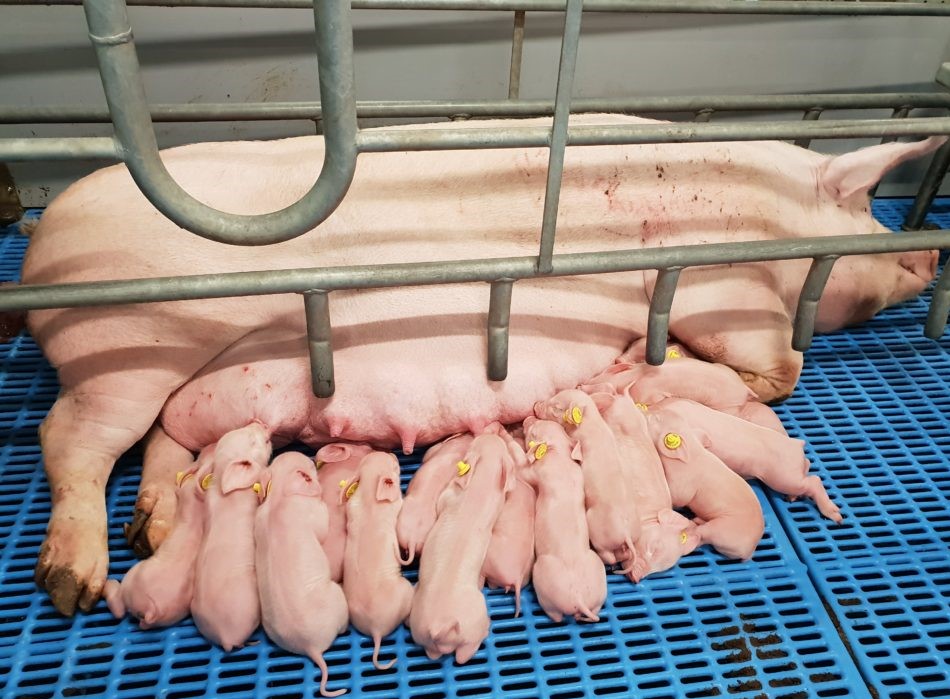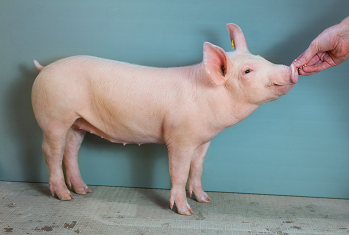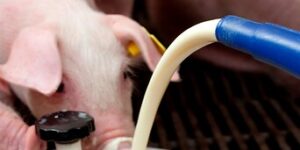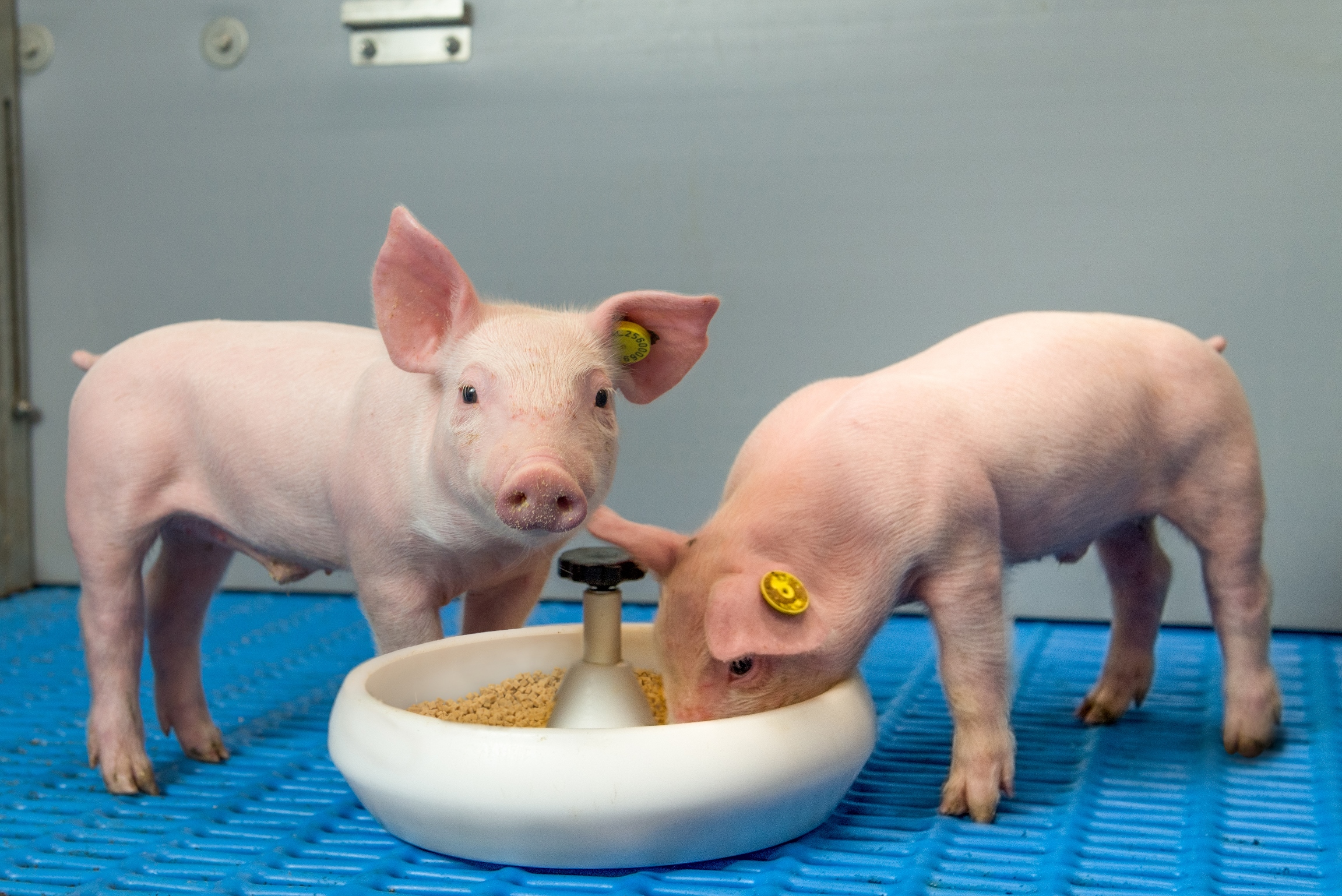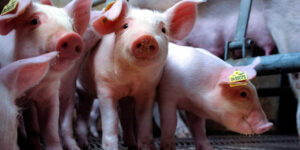Prestarter or weaner feed around weaning time
Rising feed prices are driving pig farmers to look for ways to save on feed costs. In practice, there are two common ways to feed piglets around weaning time. Option 1 is to continue offering the prestarter already being fed in the farrowing pen a few days more after weaning. Another option is to offer the weaner feed in the farrowing pen from, for example, 20 days of age to save on feed costs. But what is the effect of this on the growth, weight and feed intake of the piglets compared to feeding prestarter around weaning time? We have studied this on our Pig Farm.
Study
To study the effect of feeding either a prestarter or weaner feed around weaning time, two feeding programmes were tested against each other from July to August 2021 in our Denkavit Innovation Centre the Pig Farm. Below are the feed programmes per group, whereby group A was given a prestarter during the entire farrowing period and group B had already switched to weaner feed before weaning. From day 2 to 20 (before weaning) and from day 5 to day 36 (after weaning) both groups were given the same feed.

Results before weaning
Below are the weights and feed intake of both groups before weaning.
Feed intake

Weights
Remarkably, the feed intake in the last week before weaning is significantly higher in the prestarter group than in the weaner feed group. The last week before weaning is when the piglets start to eat more, switching to another feed slows down the feed intake. In addition, a prestarter, with its accompanying raw materials, is generally tastier than a weaner feed. The higher feed intakes are immediately evident in higher weaning weights; on average, the piglets from the prestarter group are 0.3 kg heavier at weaning.
Feed around weaning time
Weaning is a stressful phase in the life of a piglet. To keep the feed intake of the young pigs as high as possible, it is important to give them the same type of feed both before and after weaning. In this study we show why it is so important to keep the feed intake high and to ensure a good transition. The higher the feed intake before weaning, the smoother the weaning process.
Results after weaning
Feed intake

Weights

The advantage of continuing to feed a prestarter a few days longer is not only noticeable in the last week before weaning. The effect is also clearly visible in the feed intake in the first 5 days after weaning. Since this is a critical period for the development of post-weaning diarrhoea, increasing the feed intake is essential for a good start.
Conclusion
Feeding a prestarter around weaning until a few days after weaning results in a higher feed intake in the last week before weaning and a higher weaning weight. This effect continues after weaning; there is also a higher feed intake and weight after weaning. The feed intake in the farrowing pen and during the first days after weaning is essential for a better start to life for the piglets. Offering a prestarter up to a few days after weaning makes the weaning transition easier and the piglets are given a much easier start. The piglets become more robust.
When technical differences and current feed prices are taken into account, the return is comparable. Continuing to feed a prestarter results in productivity, an easier start after weaning and better piglet quality. In addition, it is expected that the higher growth rate will continue right up to the slaughterhouse.




